Rivian shakes up electric SUVs with its new radically-styled R2 and R3 models
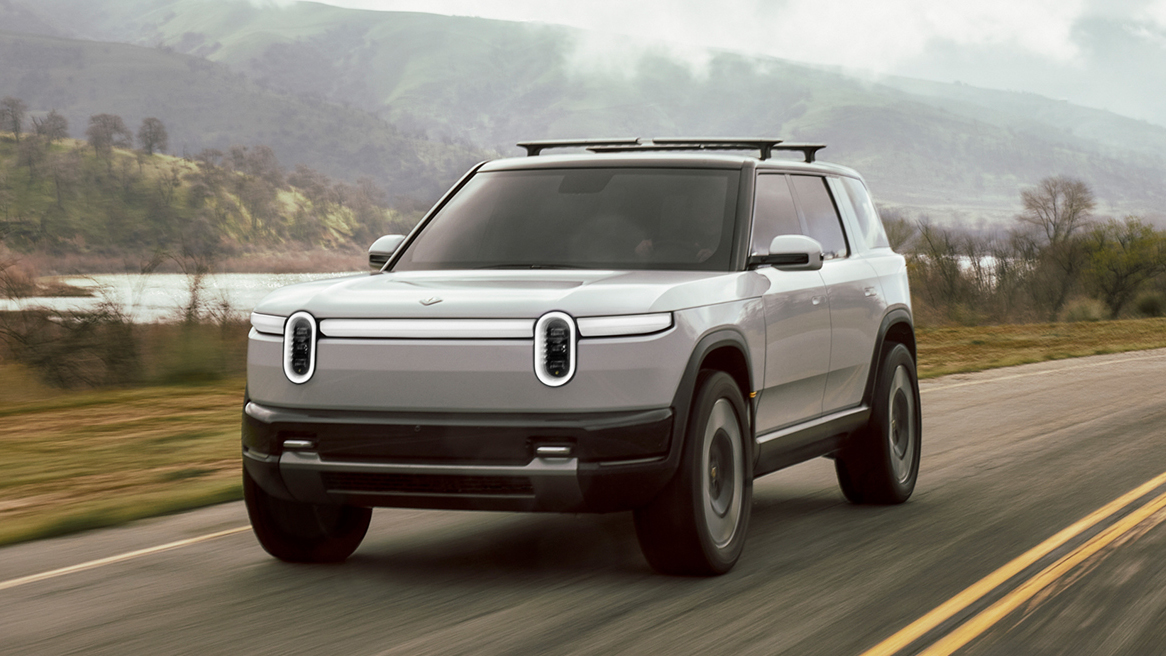
The hype for off-road EV specialist Rivian’s R2 launch has been building for weeks, but the company shocked and surprised the audience by announcing an even smaller and achingly cool R3 model – both of which will be hitting the US market in the coming years, followed by plans to launch in Europe.
The R2 is arguably the more traditional SUV/crossover. Riding on Rivian’s new mid-sized platform, it is expected to cost in the region of $45,000 (around £35,000 / AU$45,000) and is essentially the same size as a Tesla Model Y ($36,450) albeit a little taller.
Rivian CEO RJ Scaringe said at the glossy launch event that R2 will be offered in a number of variants that cover a wide array of prices, from single motor set-ups, to both dual and tri-motor options for maximum performance – the latter can hit 60mph from rest in just three seconds.
There’s scant detail on the exact specification of the battery pack, but Rivian claims that both of the newly announced models will be offered with two battery sizes, the larger of which is capable of over 300 miles of range on a single charge. The battery packs also now form part of the main structure of the vehicle, while DC fast charging from 10 per cent to 80 per cent will take less than 30 minutes.
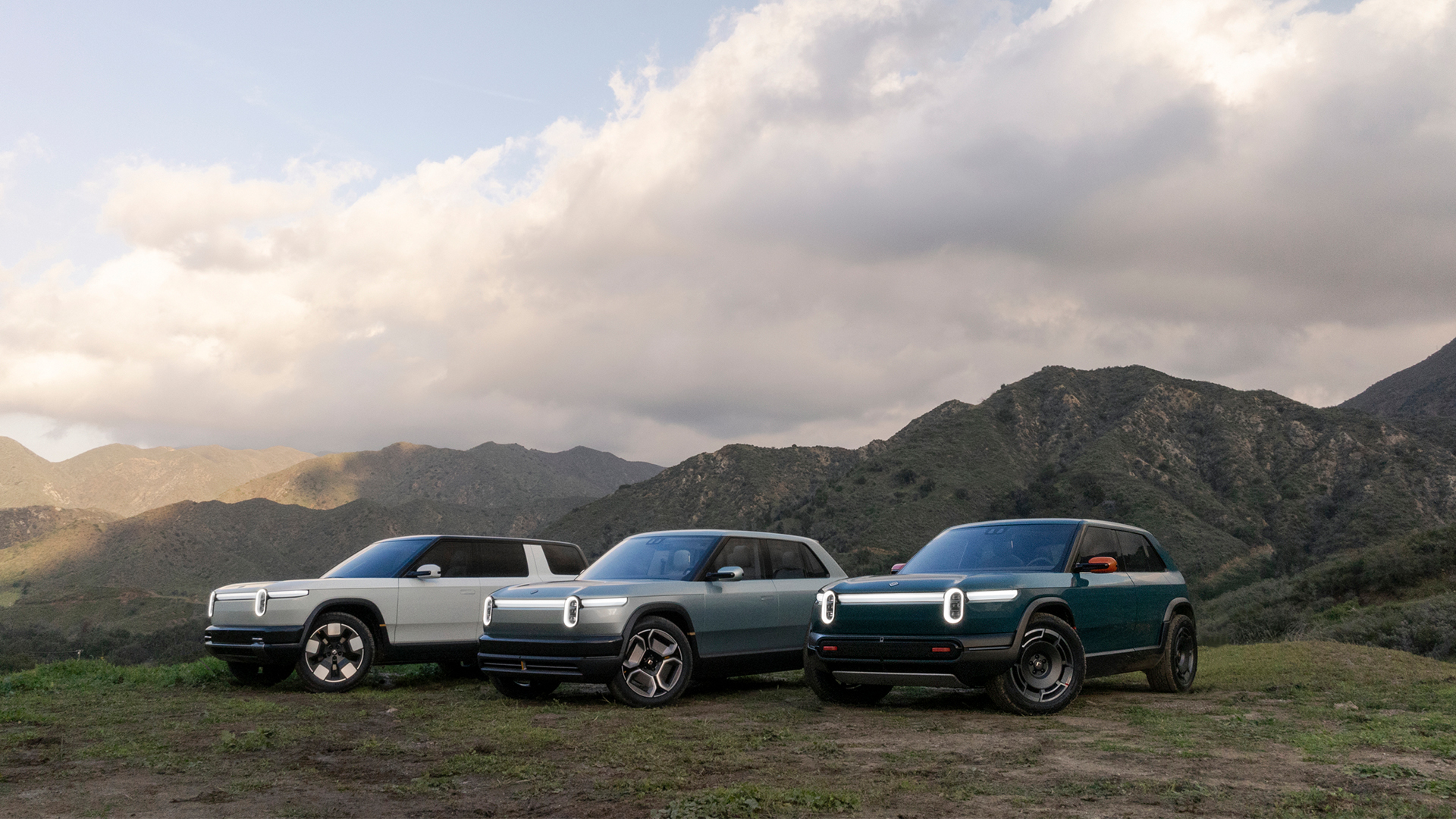
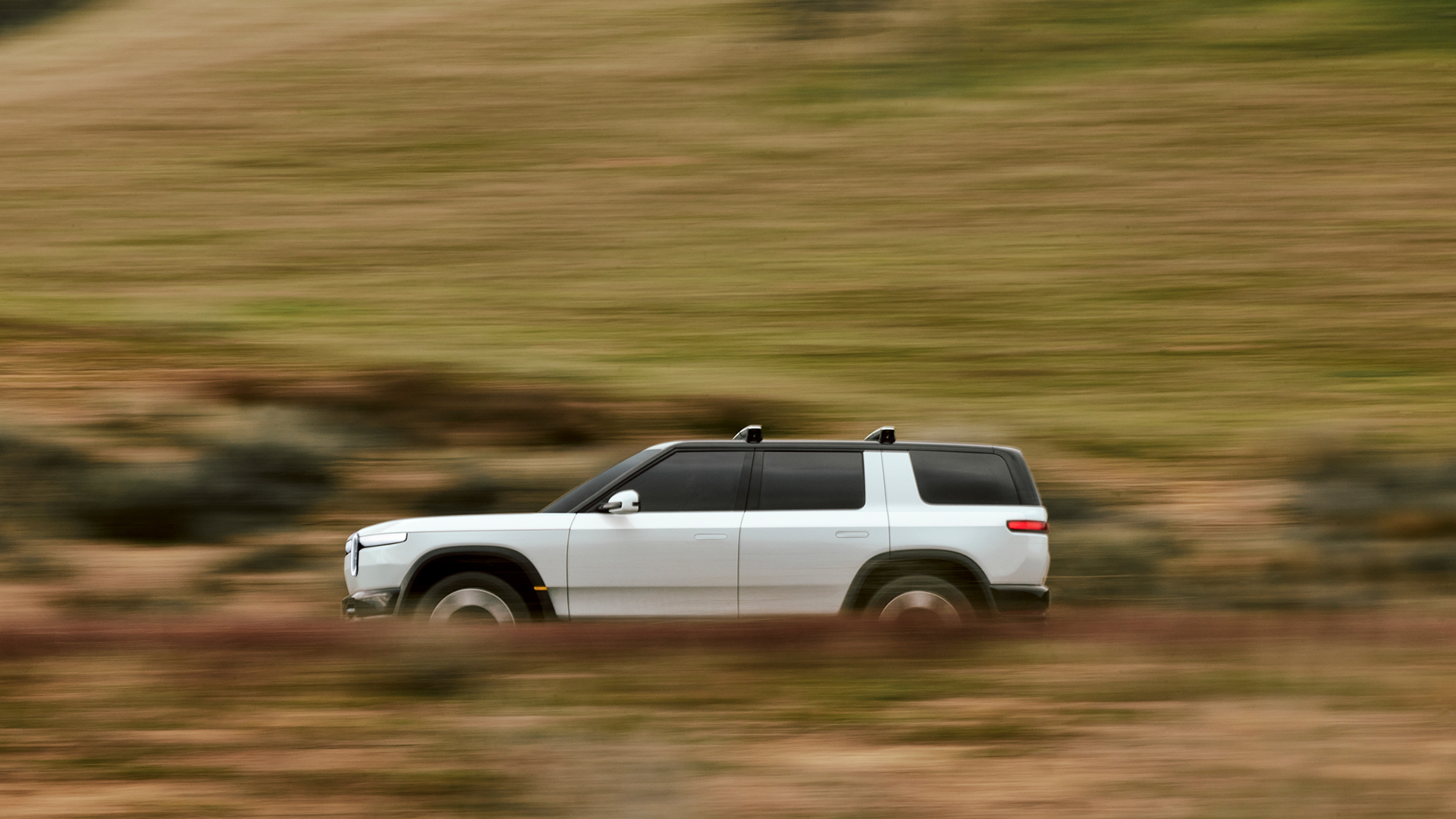
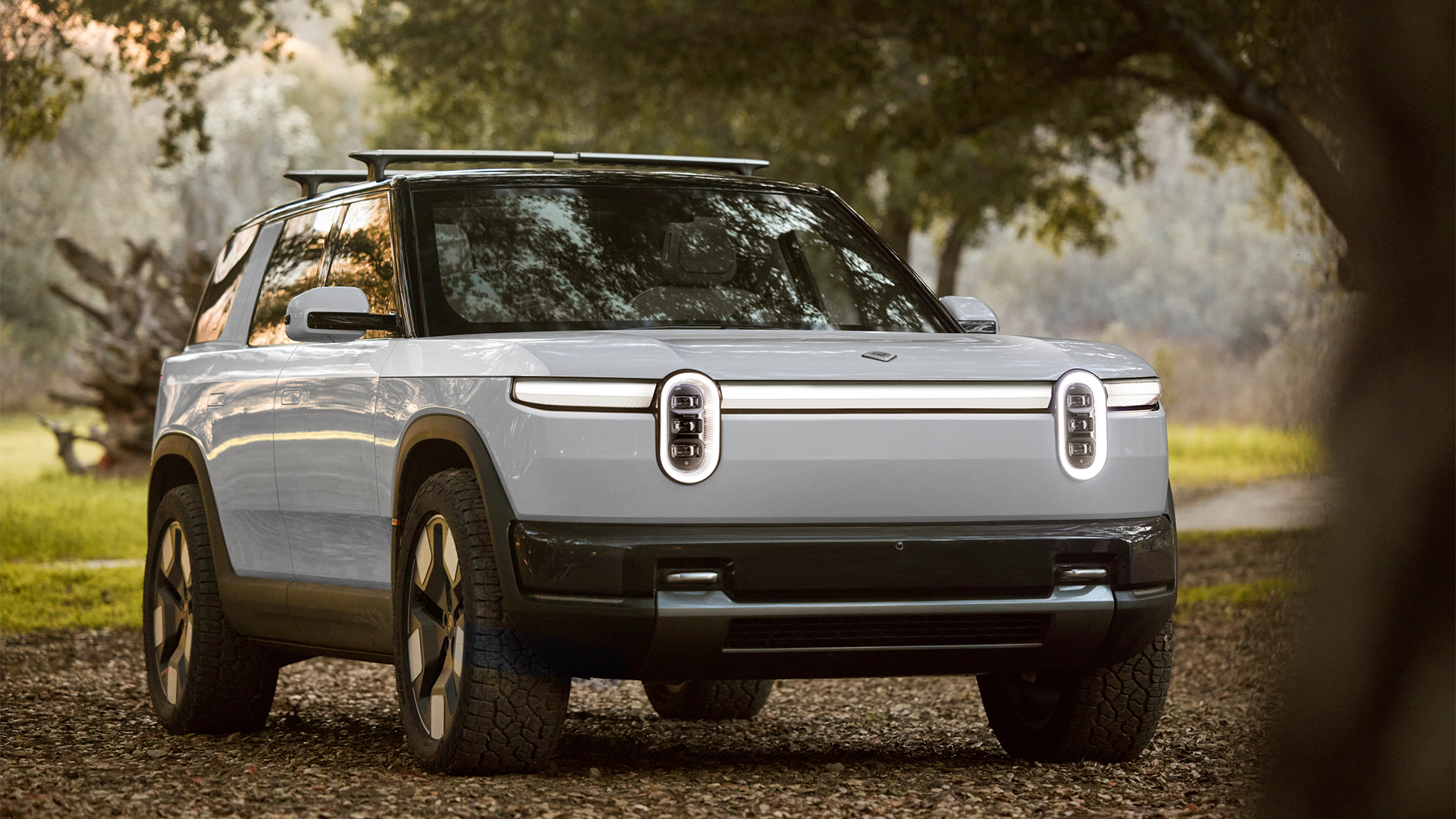
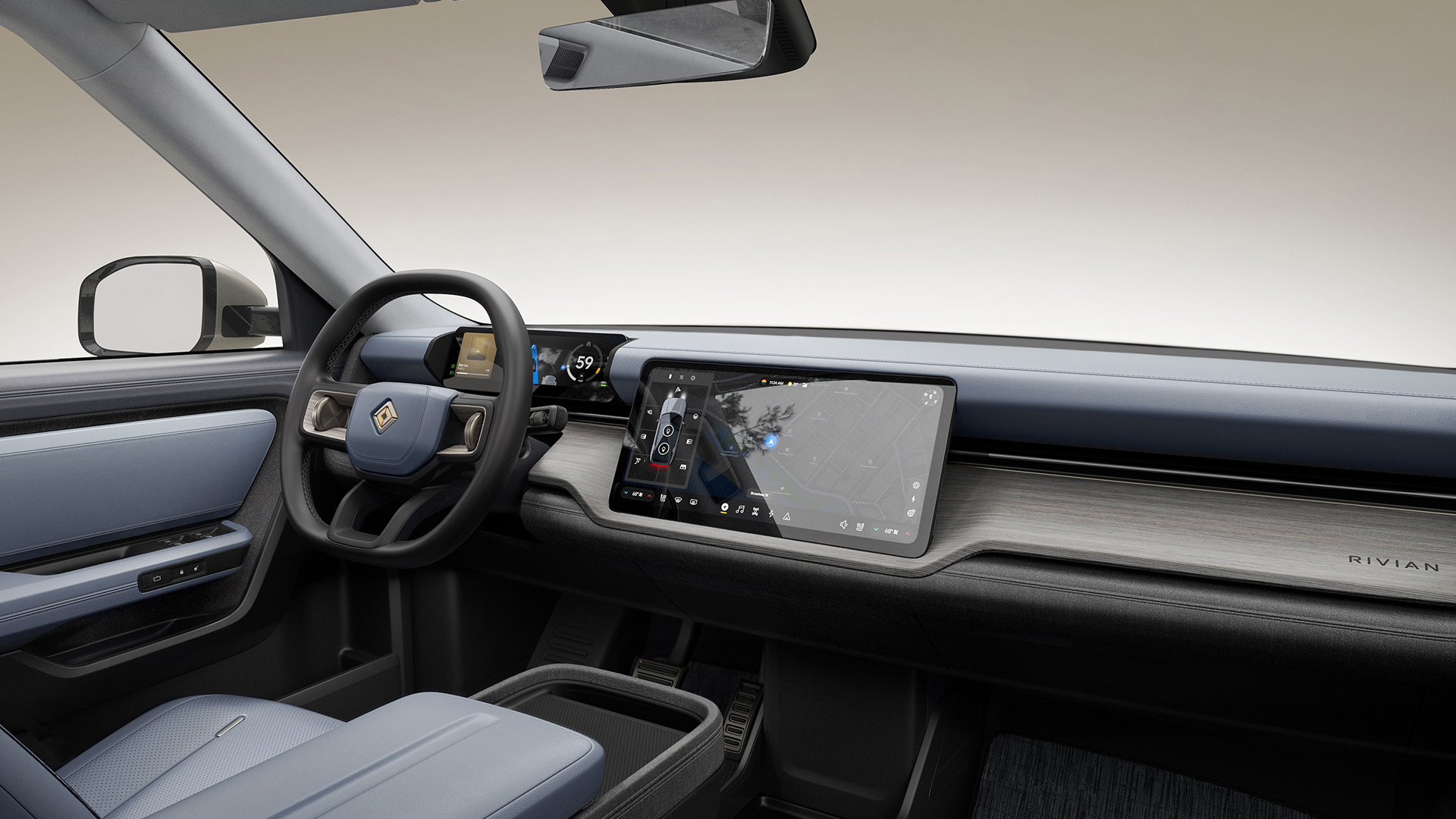

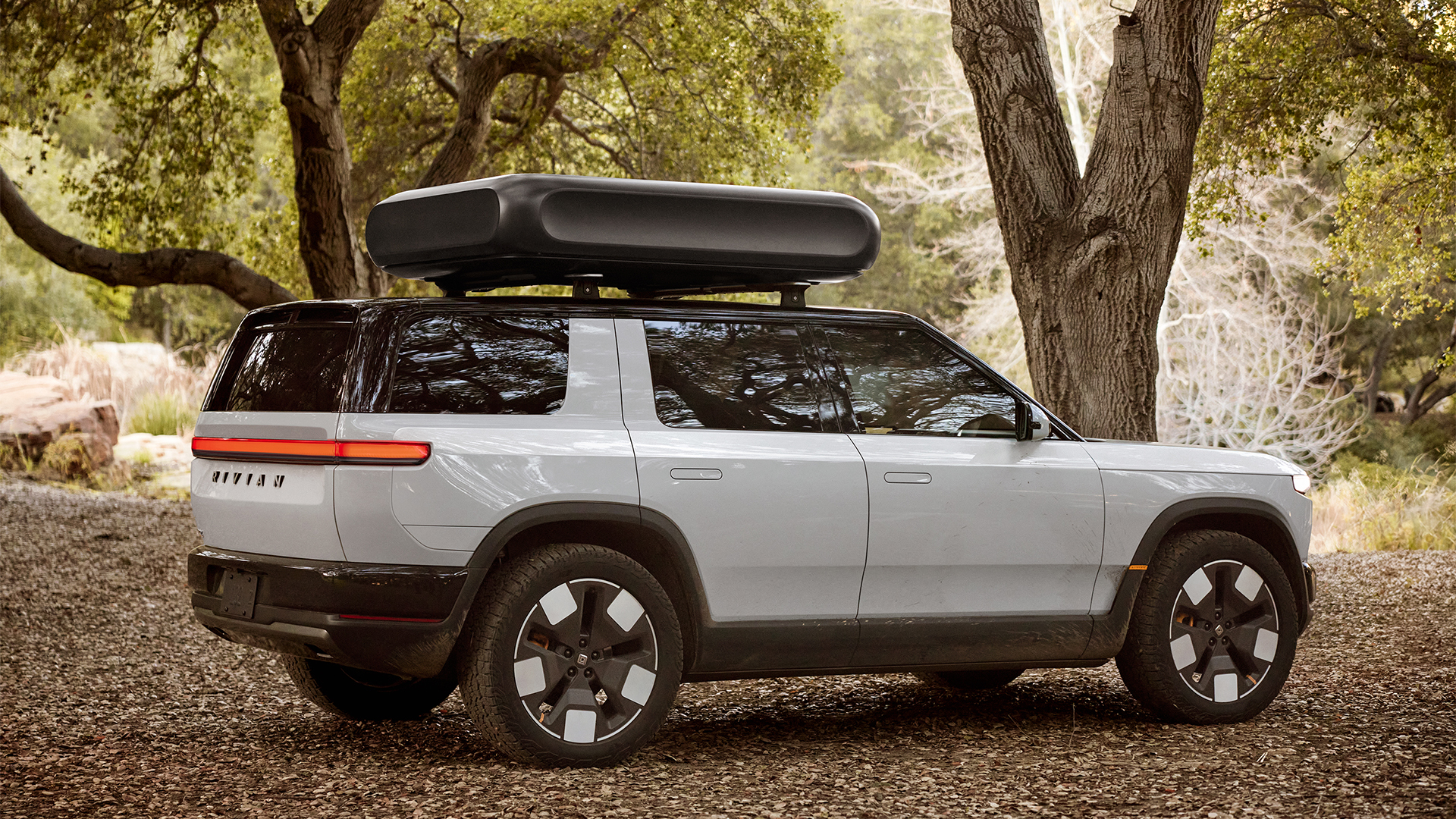
Slotting in beneath the R1T pick-up and R1S full-size off-road SUV, the aptly named R2 packs Rivian's distinctive boxy silhouette and front end, which comprises a full-width light bar and two oval daytime running lights that give it an unforgettable face.
Of course, a modern car launch isn't complete without a mention of autonomous driving functionality, and both R2 and R3 feature a new 'perception stack' that boasts 11 cameras, five radars and a more powerful compute platform that Rivian claims will "provide dramatically enhanced autonomous capabilities".
The Californian company is also big on lifestyle features, claiming the rear seats fold completely flat to create a unique car-camping experience, while optional extras, such as a 'Travel Kitchen' and a 'Rivian Treehouse' introduce cooking facilities and a roof-top tent with a heated mattress and interior lighting – something we've also seen on Tesla's Cybertruck.
Sign up for breaking news, reviews, opinion, top tech deals, and more.
A shock announcement
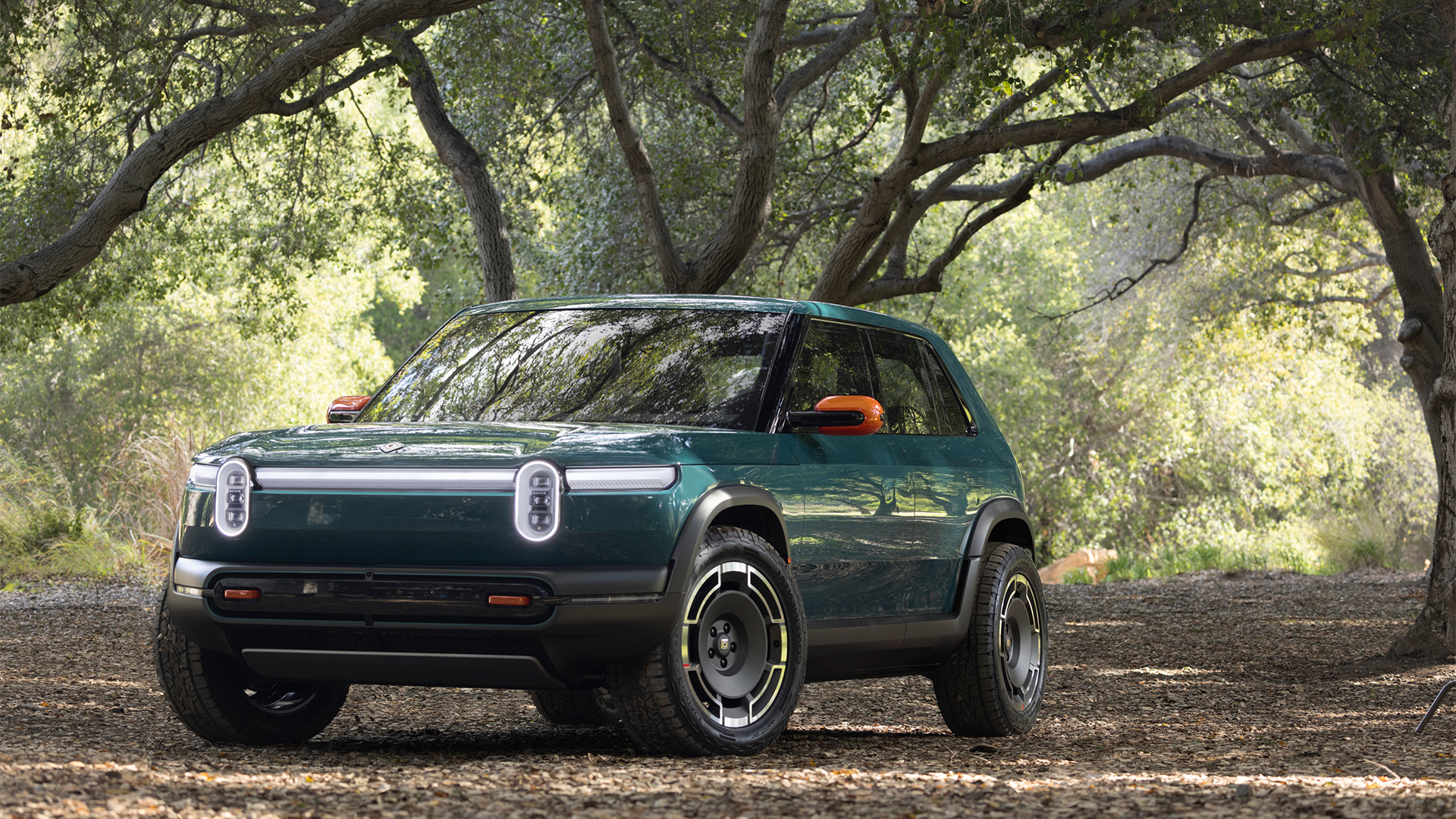
Although we fully expected the unveiling of the much-teased R2, the R3 and more rugged R3X models were genuine surprises. We're not likely to see them until 2027 at the earliest, but we do know they're based on the same platform as the larger R2, including sharing its motors and battery packs.
The R3 is slated to be an 'entry-level' model, so expect it to be even cheaper than the R2, yet this baby of the bunch is still capable of that fiery three second 0-60mph sprint in the most potent models.
It looks absolutely fantastic, too, with the R3 (especially the rugged X model) neatly blending the worlds of modern SUV and retro hatchback.
We’re seeing hints of jacked-up Lancia Delta and early generation VW golf in the exterior styling, while the interior is festooned with tactile (and often recycled) materials, a haptic UI and plentiful space for five.

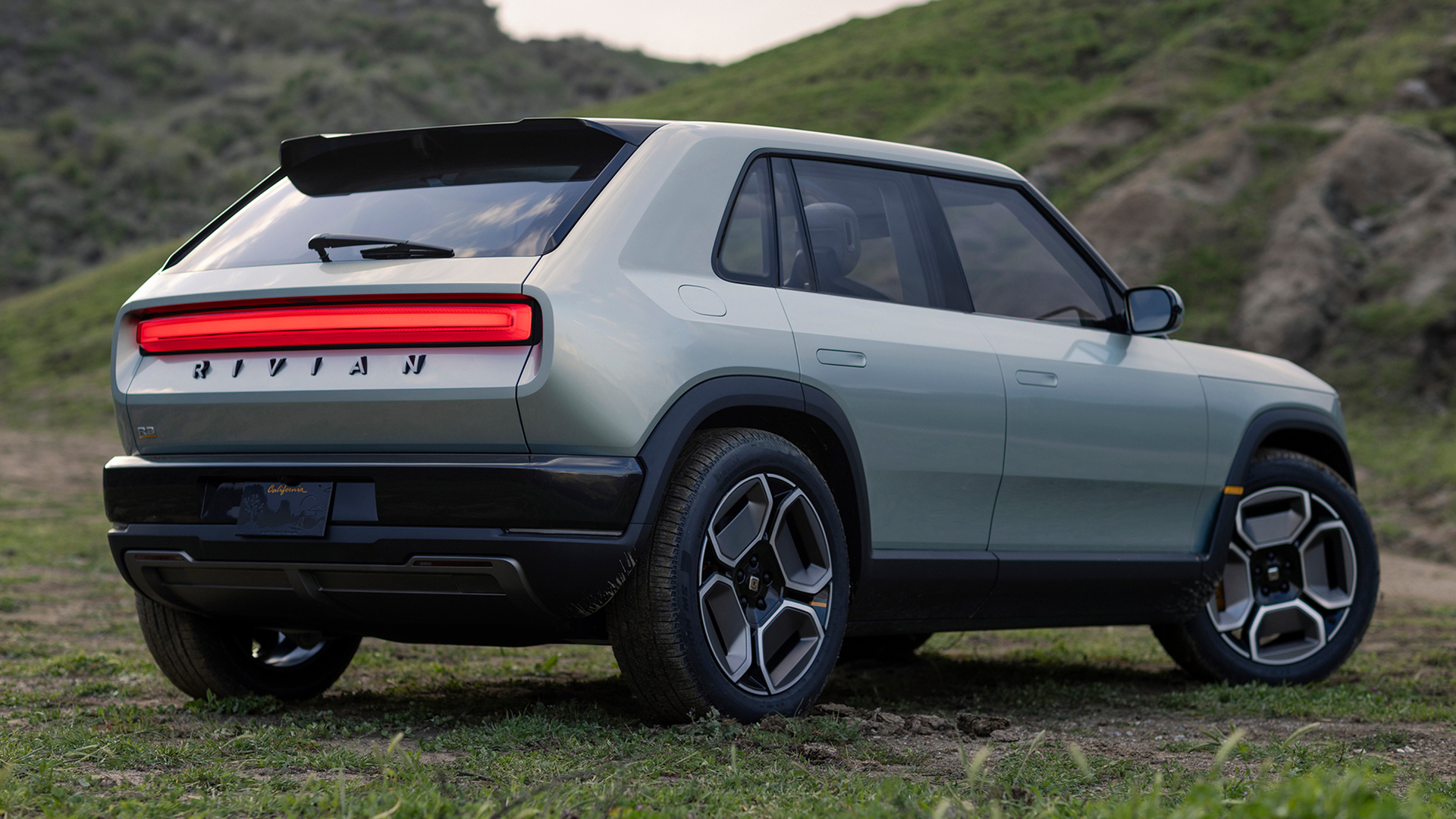
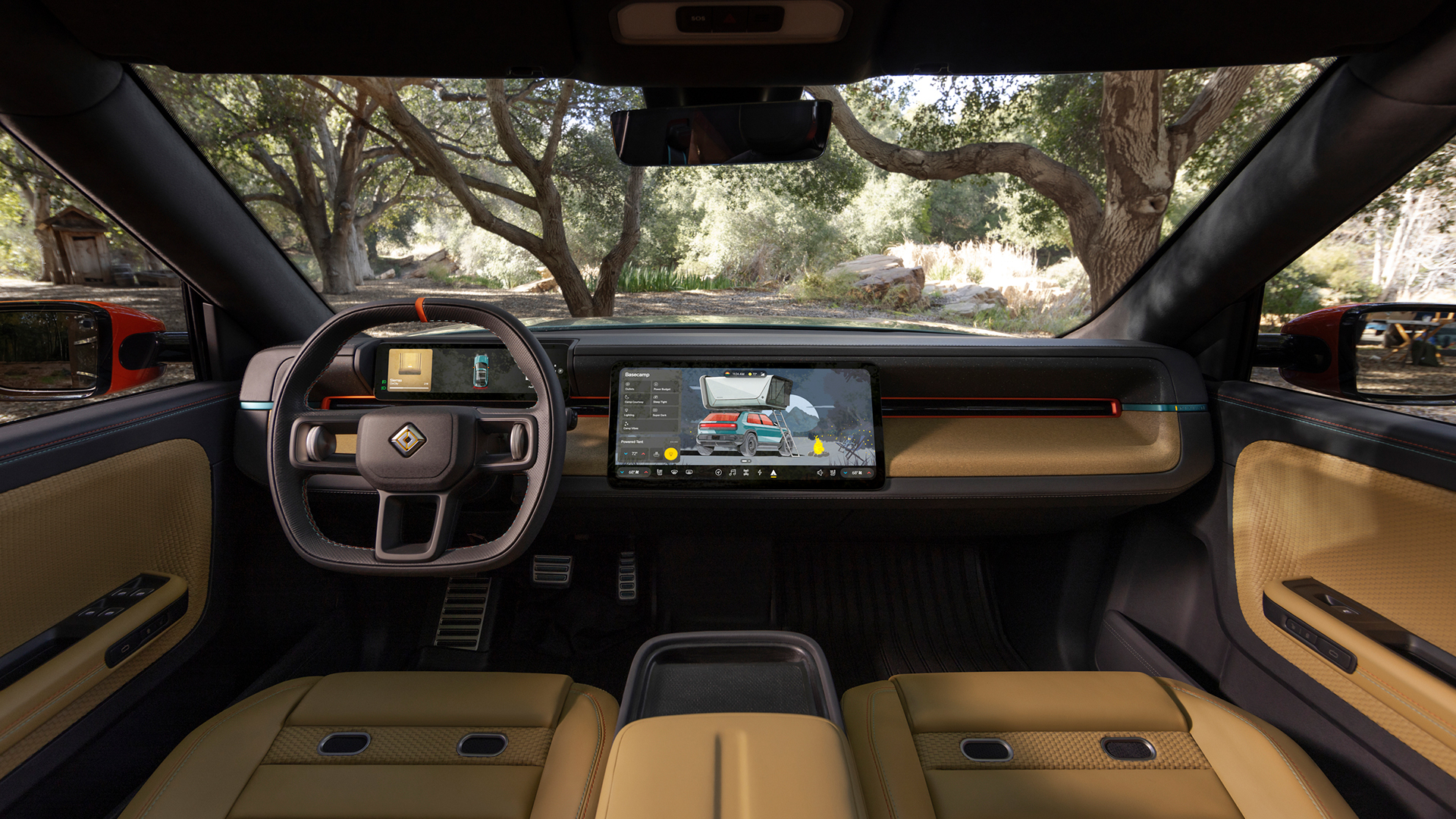
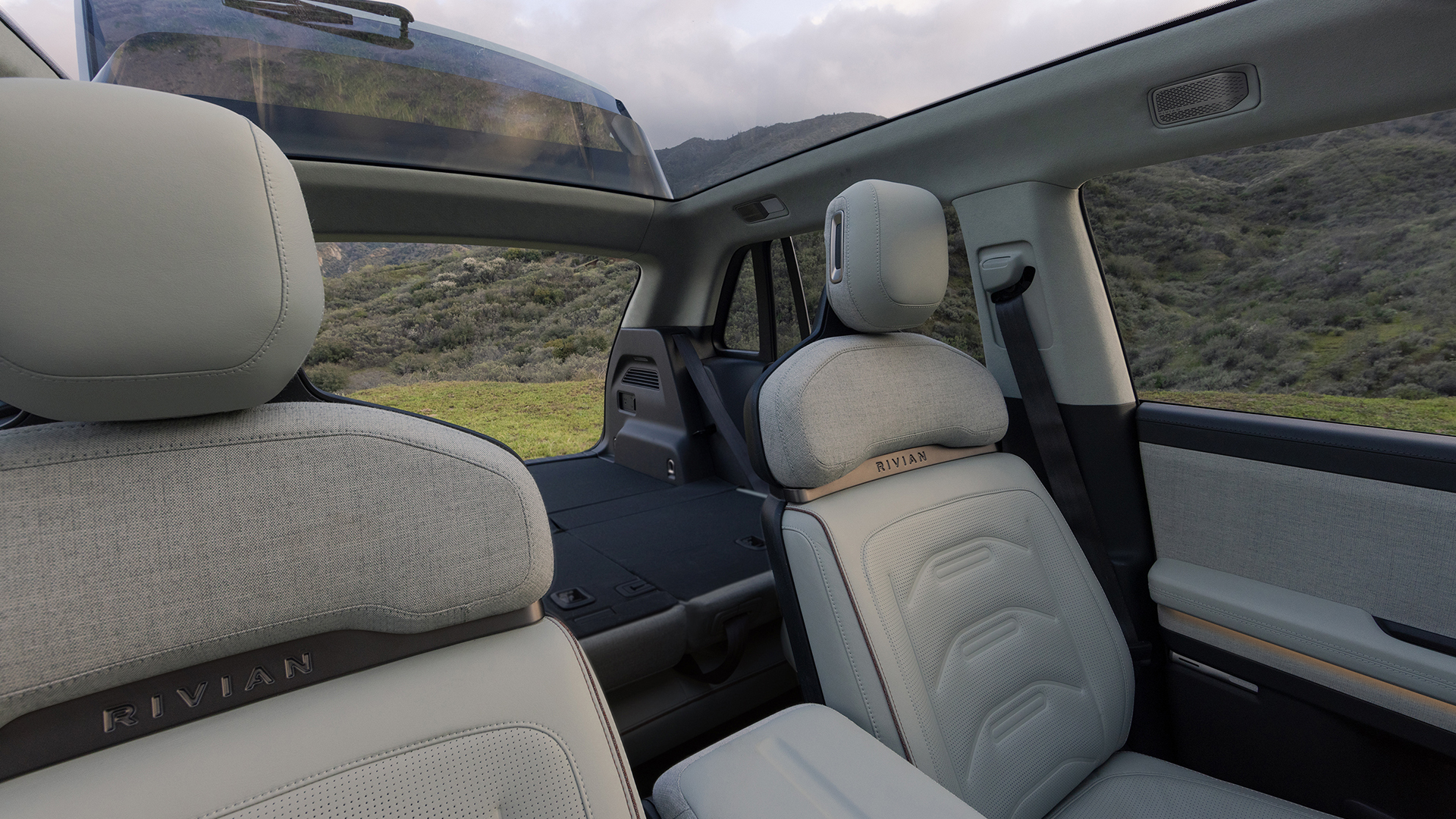
It is no surprise that Rivian's share price soared following the launch event, which will be music to the ears of the Californian EV innovators. Last month, a shareholder letter revealed that its net annual losses were $5.4 billion.
Rivian blamed its underperforming production line for the losses, promising to improve manufacturing so it could churn out more vehicles, but it is also a tough time for EV sales in general, with many stating that customer demand is generally cooling.
The announcement of a more affordable R2 and an even cheaper R3 in the future will likely bring more customers to the table, but Rivian says its R2 isn't expected until 2026, which feels like a long time in today’s ferociously competitive EV climate.
You might also like

Leon has been navigating a world where automotive and tech collide for almost 20 years, reporting on everything from in-car entertainment to robotised manufacturing plants. Currently, EVs are the focus of his attentions, but give it a few years and it will be electric vertical take-off and landing craft. Outside of work hours, he can be found tinkering with distinctly analogue motorcycles, because electric motors are no replacement for an old Honda inline four.